 This week we'll be hitting the road, finding what other great things this state has to offer. No posts this week but I'm sure we'll have lots to write when we return! Thanks for understanding!
0 Comments
A non-native invasive species, brought from Europe possibly for use in making textiles - using the dried flower head to tease wool.
It can be found in fields, ditches, along railroad tracks, and other waste areas preferring moist soils. One flower head of a teasel can release around 3300 seeds - just one! Blue Vervain, a candelabra in the meadow.
This native perennial wildflower can grow in disturbed sites and is often found in meadows, thickets, and pastures, as well as riversides, marshes, ditches, and river-bottom prairies. It prefers moist conditions and full to partial sun. It has been used regularly as a medicinal plant helping to soothe depression, fight insomnia, treat fevers, coughs, cramps, and headaches. Externally it's used for acne, ulcers, and cuts. Supplements can be found at health food stores. (Warning: Blue vervain can interfere with blood pressure medication and hormone therapy. Large doses will induce vomiting and diarrhea. ) Blue Vervain is also very important to wildlife: to butterflies as it's the larval host plant to the common Buckeye butterfly, birds will eat the seeds of the plant, a wide variety of bees enjoy the flowers in the summer. Purple Cone Flower - Echinacea purpurea is a native prairie wildflower (native to the Eastern half of the lower 48 states). It is regularly found in gardens due to it's bold appearance and it attracts a wide variety of butterflies.
The flower is regularly used to make a herbal tea, purported to help strengthen the immune system. An extract can be found in liquid and tablet form in many health food stores.
Chicory has been used as far back as 1000 years ago in Ancient Egypt as a medicine for everything from gout to stomachache to cancer.
It was brought into the spotlight once again in the 1800s when a Napoleon ruled France could not get coffee imports, so the chicory root, dried and roasted made for an excellent coffee substitute and to extend the remaining coffee - flavor wise that is, it contains no caffeine. It was then brought to Louisiana and is still used in some cafes. Today is is still used as a caffeine free substitute for coffee as well as flavoring in beers to give a 'hearty earthy' taste. Folklore surrounds this plant supposing it has magical qualities, including that of invisibility. It has been said that the chicory could be used to open a locked chest, but only on St. James's Day - July 25th (yep that's today!). This method involved holding a gold knife and chicory leaves against the lock, but only in total silence - pain or death would follow if a word was spoken. Early American settlers would carry a piece of chicory for good luck. It's summer, you look out on a field, meadow, or prairie, and find little white clouds of flowers swaying in the breeze. More often than not these are Queen Anne's Lace.
QAL is a member of the carrot family - which is made apparent when you look upon its leaves. In the center of some blossoms there lies a dark purple dot - the legend behind this, and the reason the plant has its name: Queen Anne who was excellent at making lace had pricked her finger and a solitary drop of blood landed in the center, the lacy qualities of this flower and the purplish red dot in the center make it easy to remember, especially since there are a few poisonous species that look quite similar. One of the main look-alikes, and the most deadly is the poison hemlock. Some of the main differences between the two are: QAL - hairy stem. PH - smooth stem with purple blotches. QAL - purple dot in center. PH - no purple dot. QAL - 3 pronged bracts under the umbrella like flower head. PH - no bracts. In fact QAL is the only one in the family to have the bracts under the flower! Queen Anne's Lace is a biennial, spending its first year as a low to the ground basal rosette of lacy carrot-like leaves. When in its first year, the tuberous root is edible - during the second year it gets quite woody and is less palatable. However, in the second year, the flowerheads can be boiled and made into tea (always make sure you have a proper ID, remember how drinking poison hemlock worked out for Socrates?) It's not recommended for pregnant or trying to be pregnant women to drink this tea due to an on going debate about its qualities as a contraceptive. As with most lovely plants found in abundance, this is a non-native invasive, brought from Europe for its medicinal qualities when the settlers arrived. There is a native carrot species that looks quite similar but does not have the dot in the center (among other various differences). If you're trying to control the QAL at your home, it's recommended to mow the area before the seed heads form, it may take a few years as it's a biennial and the seeds may have a prolonged period that they may remain dormant but active. One of my favorite childhood memories is just laying in a field of QAL watching the clouds, the fragrance from the QAL filling the air. Ah simpler times. If you're local, go check out Barne's Preserve right now, the meadow is in full QAL bloom glory, enjoy the smell, watch as they dance in the breeze. (Remember - don't pick wildflowers from public areas, it's illegal and rude) It's summer, you're outside near a pond or wetland of sorts, and you notice an interesting looking plant, it may have a spike-y pod, it may have an array of cottony-looking flowers, it may have an interesting collection of seeds... what is it?
Growing from anywhere between 3 and 5 feet tall, the gray headed coneflower's bright yellow petals are easy to spot throughout a prairie. As the plant grows, the gray cones which top the yellow petals will begin to fill in with smaller disk flowers that are a great source of nectar for our local bees.
Bee balm aka Wild Bergamot is a native perennial growing in meadows, prairies, and wildflower gardens - due to its showy appearance.
This flower is great to have around as an excellent source of pollen for birds, hummingbirds, and butterflies all while being resistant to the nibbles of deer. Along with being a great flower for our pollinators, the leaves have been used to make tea as well as a seasoning. Medicinally the oil from the leaves was used to treat respiratory ailments, leaf tea for colic, flatulence, colds, fevers, stomach aches, nosebleeds, and insomnia. Pulticed leaves could cure headaches. Boiled leaves could also dry up pimples. And it looks very cool! Predominantly found in waste areas, disturbed areas, Mullein is a summertime classic.
As a biennial it spends its first year as a basal rosette of large fuzzy leaves - growing up we called them "lamb's ears". The second year a large stalk of flowers emerges from the rosette, sometimes growing as large as 2ft tall (the plant all together can grow to be 3 to 7 feet tall!). Seeds from these great stalks can remain dormant for decades and still germinate. Mullein is not a native plant to the area, it was brought from Eurasia as a great medicinal plant as well as for its unique appearance. The flower of the mullein was used as medicine to help with coughs, tb, bronchitis, colds, earaches, flu, allergies, tonsillitis, asthma, diarrhea, colic, migraines, joint pain, and also used as a sedative. The leaves have also been used by being applied to the skin for wounds, burns, bruises, frostbite, and skin infections. Other uses include mullein is used as a flavoring ingredient in alcoholic beverages, if nature calls it makes a good toilet paper, the dried stalks were dipped in wax or tallow and used as torches. The chemicals in mullein might be able to fight influenza and herpes viruses, as well as some bacteria that cause respiratory infections. A warm season native prairie forb growing 2 to 5 feet tall, the Rattlesnake Master grows spiked clusters of flowers that bloom into tiny 5 petaled flowers. These unique plants attract a wide variety of bees, butterflies, and insects that feed on the nectar. The flower heads have an almost honey like odor The leaves are long and low with prickled edges at various junctions resembling those of the yucca plant's.
Native Americans would use the dried seed-heads as rattles. Pilgrims thought the root of the plant would work as an antidote to bites from the rattlesnake (which it does not). Summer is one of those busy times where I think I'm outside far more often than I really am, so it's always a great surprise for me when I take a day or couple of days to spend hours re-aquainting with the area parks and find that so much has changed!
July brings dense meadows filled with wildflowers, grasses, and sedges, the forest canopy is a solid green sky, water areas are dappled with lounging turtles and frogs while the dragonflies skim and chase the days away. July solidifies summer's arrival, there are no petite spring flowers left, they couldn't handle July; the sun's intensity, the rain's relentlessness, July is not for sissies, it is sure to weed out the weak. What does all of this look like? Take a peek below to see! It has been an amazing week for summer wildflowers. It's as if out of nowhere everyone got the memo to burst into bloom! What's blooming and where? Follow along this week as we dive in and explore all the things that are in bloom. How does one clearly define the differences between a bog, a fen, a swamp, and a marsh?
It's not as tricky as you might think. Consider each term as its own ecosystem, once you see just how different they are, you'll never mix them up again!: Bogs are depressions in the Earth that fill with rain and snow, covered with sphagnum moss, the water is quite acidic so only unique plants are equip to live there - here you'll find carnivorous plants which receive their nutrients through the insects they eat instead of the water. Fens are quite similar to bogs but sometimes have small springs or streams feeding the depression in the earth, as well as water from local runoff, be it nearby mountains, hills, farmland. As the water travels to the fen it picks up nutrients along the way which changes the water from the acidic bog water to a more nutrient rich water. While they both have peat, fens can have a wider diversity of plants growing. Marshes are wetlands that are fed by rivers, streams, and/or springs that host a great variety of grasses, rushes, and reeds. You'll find a lot of cattails and other smaller forbs growing in these areas that make good food and nesting materials for birds, ducks, muskrats, mink, and beaver! Swamps are quite similar to marshes - same water sources - but are defined by their ability to host woodier shrubs and water-loving trees, you'll find less of the grasses and reeds here, and many more trees. Swamps make for great nesting grounds for migratory birds. Now that we know what they are, why are wetlands so important? Wetlands provide everything from homes and habitats for thousands of birds, fish, amphibians, mammals, and plants, to filter ground water, and curb flooding in times of great rains. The productivity of the ecosystem of a wetland has been compared to that of the rainforest or coral reefs! For more information, check out this link. It's hard to believe it, but it's true, Through The Woods is 2 years old (as of July 3rd 2017)! It's been an incredible learning experience for me (and hopefully all my readers out there have learned a thing or two too!) and I wouldn't trade it for anything! For those who don't know my story, I started this blog in the midst of a very 'busy' time in my life, juggling businesses, people, schedules, the whole racket, not giving myself any time. It began as a way for me to explore, learn more, and share beauty and the knowledge about the world around us. In the beginning I grew up in the country, I spent nearly every waking moment outdoors catching bugs, fishing, playing in creeks, making up stories with friends in the woods, nature is what fills my soul, but time can create a separation. I am so grateful for this resource pushing me to stay connected to what I love, for the people who I've met because of this change of course, and for everyone who reads this, shares this, and who, hopefully, becomes inspired to learn more or spend some quiet time outdoors. Thank you so very much! Check out the first month of TTW HERE "The world is big How does one define July?
The wheat comes off, the corn is getting high, the nestlings have fledged, the sun lingers, the breeze rolls through the fields. July is the month where things can just grow, crops are in but growing, animals have had their young and they grow. Sitting pond side you can spend hours watching the dragonflies zip through the air, the rushes, sedges, and grass all swaying in the breeze, little concern is given this month for there's not much work to be done. |
AboutSince 2015 we have been exploring and sharing all the amazing things we’ve found in nature. AuthorEmily is an Ohio Certified Volunteer Naturalist who is most often found out in the woods. Archives
March 2024
Categories
All
|

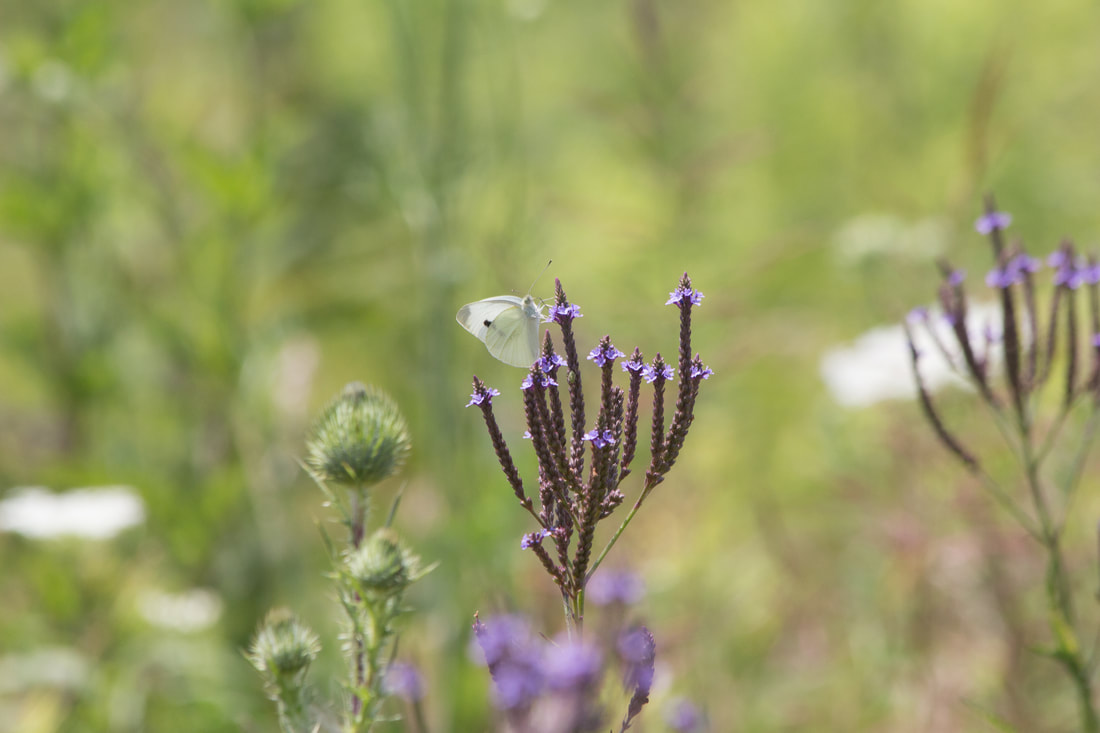


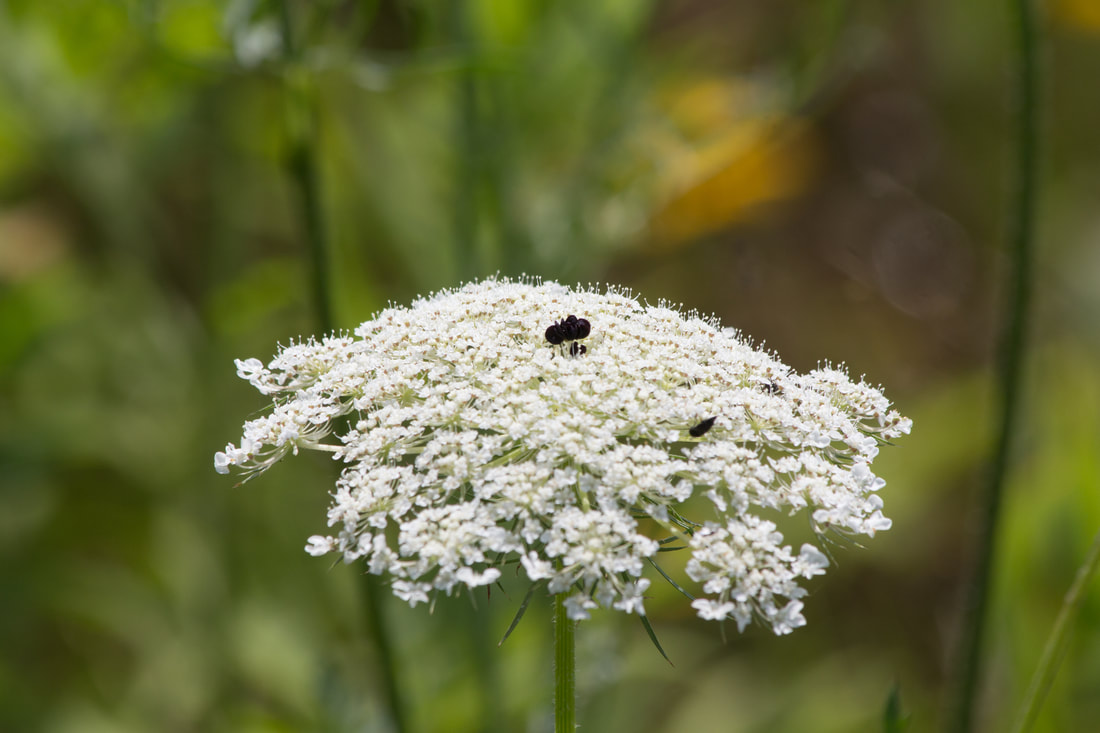
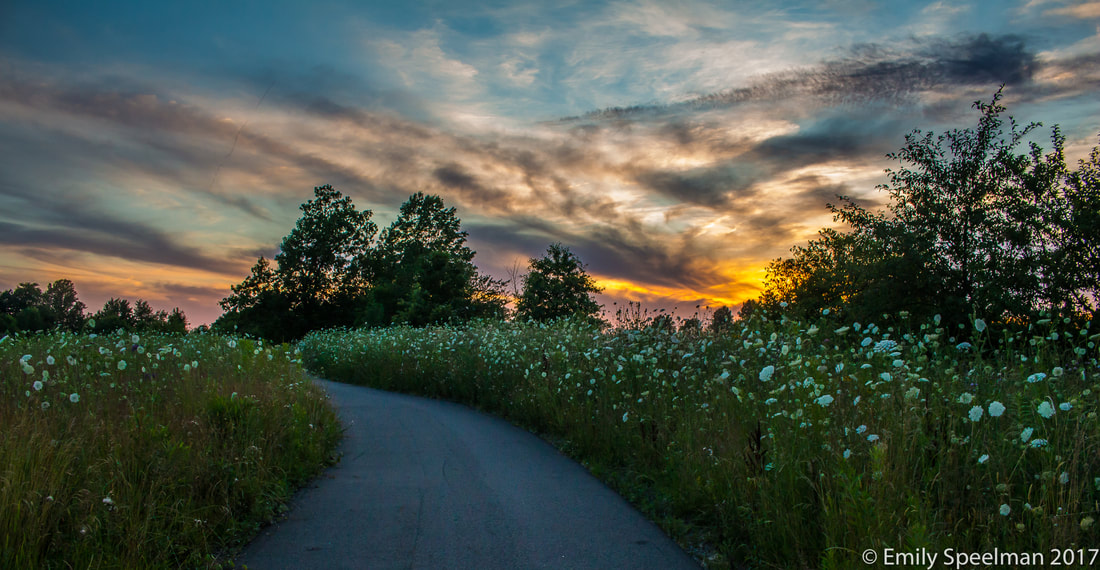




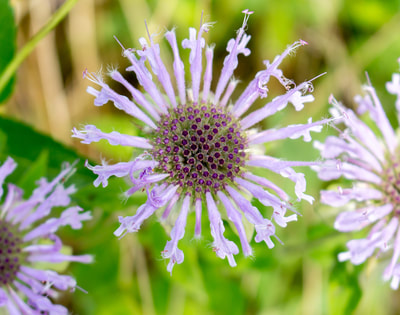

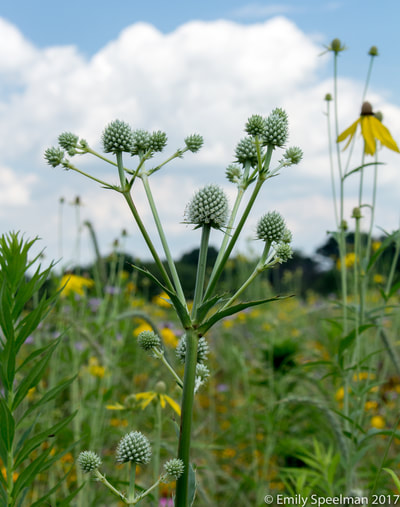


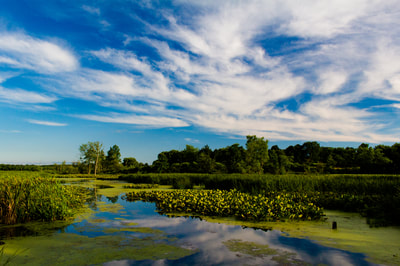

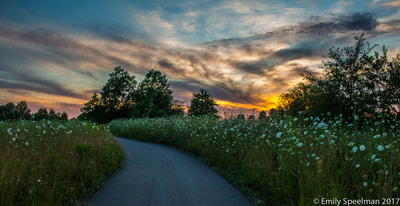
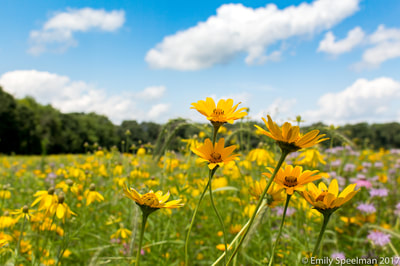
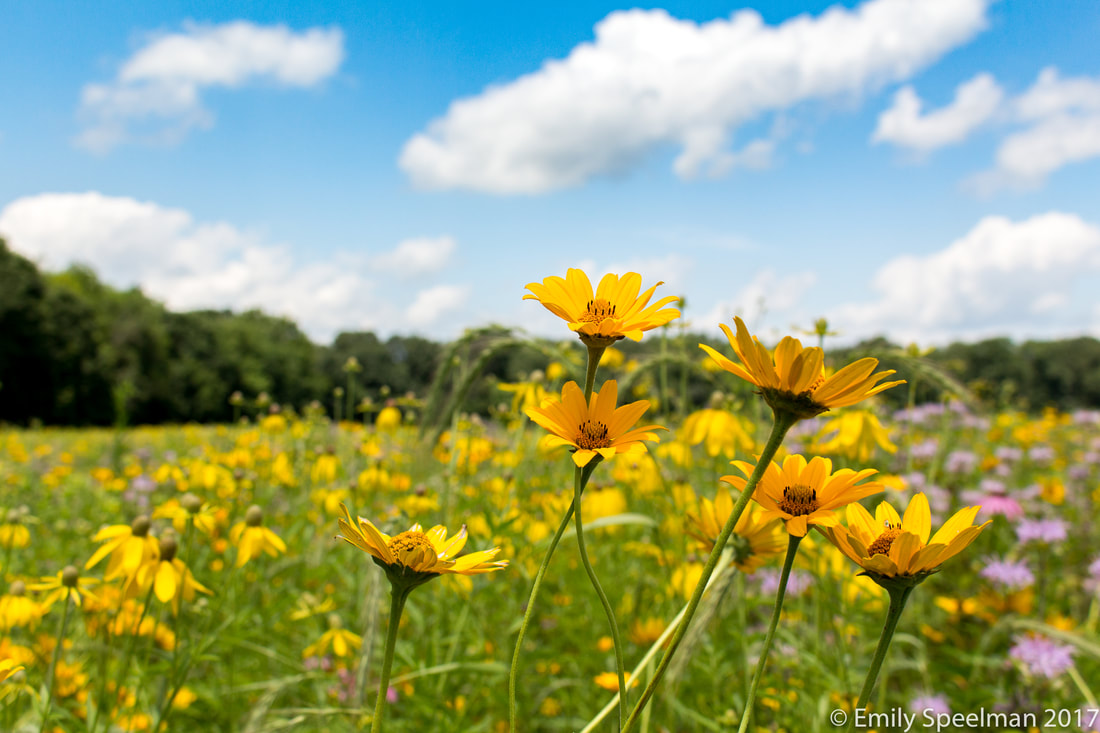

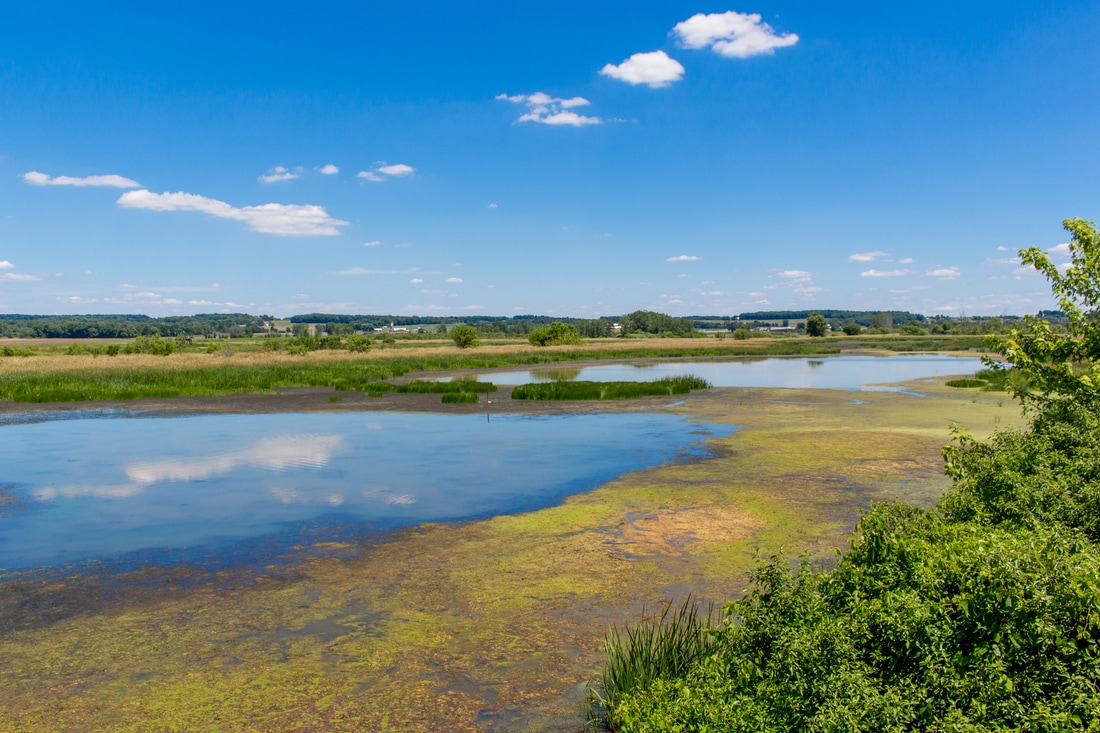

 RSS Feed
RSS Feed